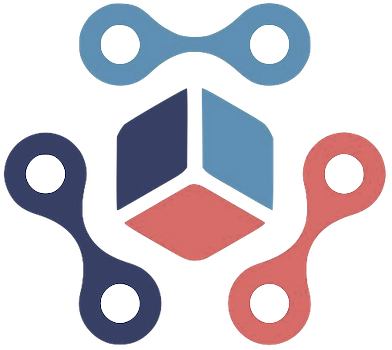In recent years, the sport of tennis has been on the cusp of a technological revolution. The traditional role of human line judges, long seen as integral to maintaining fairness and tradition, is now giving way to cutting-edge AI systems. Wimbledon, often regarded as the epitome of tradition and excellence, has taken a bold step by replacing its human line judges with electronic line calling systems (ELC). While this transition symbolizes progress and innovation, it also uncovers significant challenges that question the infallibility and overall effectiveness of artificial intelligence in high-stakes sports settings.
The introduction of AI in tennis officiating was driven by the desire for greater consistency, speed, and objectivity. Unlike humans, machines do not suffer fatigue or bias and can process data rapidly, theoretically reducing errors that have historically plagued the sport. Proponents argue that technology offers a more accurate, impartial, and seamless experience, promising to elevate the integrity of the game. However, as Wimbledon’s ongoing tournament demonstrates, the reality of AI adoption is far more complex, revealing a host of functional deficiencies and human concerns that cannot be dismissed lightly.
The Challenges of AI Accuracy and Reliability
One of the most glaring criticisms against the use of AI in tennis is its inability to flawlessly interpret in-game events. During Wimbledon, players and commentators alike have expressed frustration over incorrect calls made by the ELC system. Emma Raducanu’s out call that the AI missed perfectly exemplifies this issue—despite multiple replays confirming the ball was out, the system erroneously registered it as in. Such mistakes can have profound effects, directly influencing match outcomes and player morale.
Veterans like Jack Draper have voiced skepticism over the system’s claimed accuracy, highlighting that AI technology is not yet at a stage where it can replace the nuanced judgment of experienced humans. These inaccuracies, especially when they occur during critical moments, threaten to undermine the credibility of the sport and erode trust among players and fans. The issue is compounded when technological failures, such as the accidental shutdown during a pivotal point, interrupt play or lead to replay decisions, further emphasizing the unreliability of current AI implementations in demanding live environments.
Impacts on Players and Spectators
Beyond accuracy concerns, the human element in officiating plays a vital role in communication and emotional engagement. Many players have expressed difficulties with the new technology, citing issues like inaudible automated announcements or an absence of hand signals that historically aided players, especially those with hearing impairments. One deaf player shared that without human cues, she struggled to decode whether she had won a point, exposing a significant oversight in the AI integration process.
Spectator experience also suffers when technological issues arise. The failure of the electronic line system during intense moments forces human intervention, disrupting the flow and potentially affecting the tournament’s fairness. For instance, the incident where the system failed to recognize an out call and the umpire had to halt the match reveals that automation, in its current state, cannot fully adapt to unpredictable real-time variables.
The Controversy and Resistance from the Tennis Community
The debate surrounding the AI transition is multifaceted. Critics argue that technology, while promising increased objectivity, risks eroding the human touch that defines the sport’s spirit. Players like Raducanu and Draper have openly challenged the system’s reliability, asserting that human judgment remains indispensable. Their voices underscore a broader apprehension about surrendering too much control to machines that are still susceptible to errors.
Conversely, representatives of Wimbledon and the All England Club defend their decision, claiming that electronic line calling is inherently more accurate and aligned with the evolution of modern tennis. Debbie Jevans, the chair of the club, asserted that the desire for technological advancement stems from the demand to meet global standards of fairness. However, this defense seems somewhat shortsighted considering the recent hiccups and the ongoing debate about whether AI’s current capabilities meet the rigorous standards required for professional sports.
In essence, the controversy reveals a fundamental tension: should tennis prioritize tradition and human judgment, or relentlessly pursue technological progress, even at the risk of occasional flaws? The answer likely lies in a balanced integration where technology supports rather than completely replaces human influence. As tennis experiments with such hybrid systems, the sport faces an important question—how much technological reliance is truly beneficial, and where do we draw the line?
The move to automation in tennis embodies both tremendous promise and significant peril. While AI has the potential to revolutionize officiating and enhance fairness, current technological shortcomings highlight the urgency of cautious implementation. The sport’s future may well depend on how well it can harmonize the precision of machines with the nuanced instincts of seasoned humans, ensuring that the game remains both fair and authentic.

